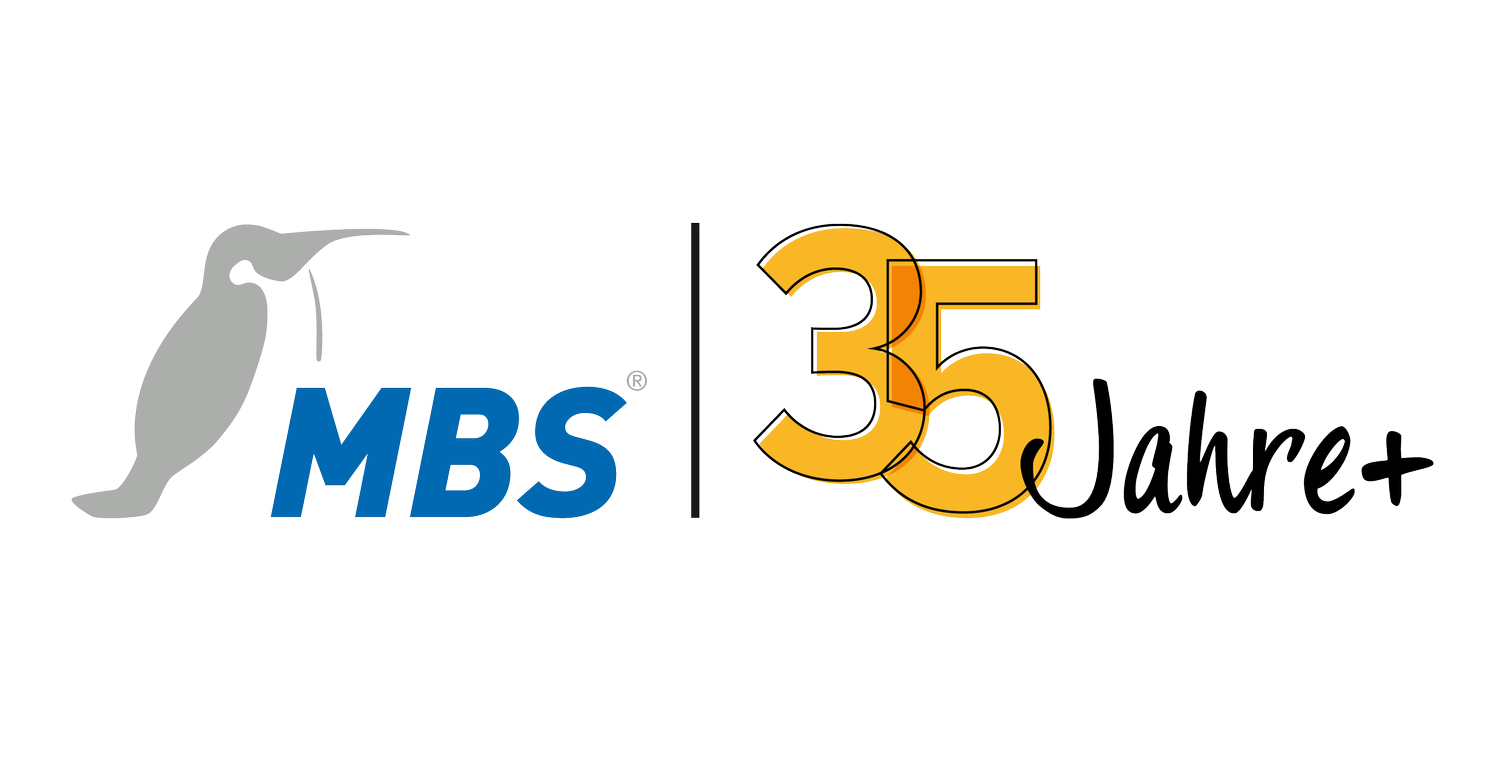BACnet: Full speed ahead for interdisciplinary communication
/Modern building management faces a variety of challenges. In a landscape of devices from different manufacturers and different communication protocols, systems such as cooling and ventilation, lighting and shading must be coordinated in a sensible way. At the same time, efficient energy use and climate protection are the order of the day. Against this backdrop, the BACnet network protocol is now a key technology worldwide - with a current market share of 64 percent.
Standard for interoperability
There are tangible reasons for this triumphant advance. When it comes to more complex control parameters or functions, the communicative connection via data protocol offers advantages that result from the coordinated interaction of the individual systems. As the leading international standard (ISO 16484-5), BACnet creates the manufacturer-independent basis for uniform data exchange between field devices and control technology.
Serial standards are supported as well as network media. A number of considerations should be made in advance when integrating the various components. From a technical point of view, this initially concerns the devices themselves and the objectives that should be achieved through the integration, then the communication protocols and tools used and finally user authorizations and maintenance of the network. Organizationally, the uniform use of texts and characters, the responsibilities for the individual trades, agreements with the IT department, connection to the Internet and much more must be considered.
Following all the rules of IT security
BACnet is responding to the current trend of using company-wide IT structures in building automation with its own "BACnet/SC" security architecture, which is about to be released. This is because hacker attacks on building automation, which damage the entire infrastructure and have a devastating effect on the image of the company concerned, should be ruled out as far as possible from the outset. With appropriate routers in which these security mechanisms are built in, the networked building technology can be operated in isolation. In addition, comprehensive BACnet communication via the company network can be encrypted and data access can be authorized.
Benefit from the advantages
One thing is certain: If you want to operate building automation efficiently these days, there's no getting around BACnet. This is because the communication standard is a tried and tested means of setting up interdisciplinary networks. Large properties in particular benefit from the cost advantages of interoperability. Existing devices can be easily integrated, and new acquisitions are not restricted to individual manufacturers.
On request, BACnet provides building operators with information to carry out data-based functional tests more easily and quickly. This allows systems to be monitored automatically and therefore operated more economically. Devices with security functions can be combined to form a security system that effectively protects the transmission paths from unwanted access.
Gateways as interfaces
When it comes to integrating all devices in a property into a network, regardless of the manufacturer, the market offers mature products and software systems. For example, a BACnet router can be used like a media converter if DDC or PLC controllers access the sensors and actuators at field level as clients, but do not use the same network medium. If both devices use different communication protocols, gateways can be used as interpreters.
As interfaces for the various communication protocols in industrial and building automation, they also take on more complex tasks - such as specifications for timer programs, alarm transmission and trend log recordings if the field device does not provide these functionalities. At the automation level, cross-manufacturer systems also facilitate data exchange. Here, gateways ensure that KNX, M-Bus or LonTalk devices, for example, are functionally integrated into a homogeneous overall BACnet network.
The benefits are evident in several respects. The integration of BACnet gateways as a communication interface eliminates the need for the usual bus couplers. This reduces the amount of cabling required. In addition, these gateways can be connected to serial or network-based protocols more quickly. Whereas field devices and automation stations often only provided current values in the past, BACnet can now be used to collect additional data and make it available to the control technology. This allows additional functionalities to be provided at management level, such as alarm detection, automatic function tests and maintenance monitoring.
It is therefore no coincidence that interdisciplinary communication with BACnet is rapidly gaining momentum worldwide. As the standard in building automation, BACnet is unstoppable.




